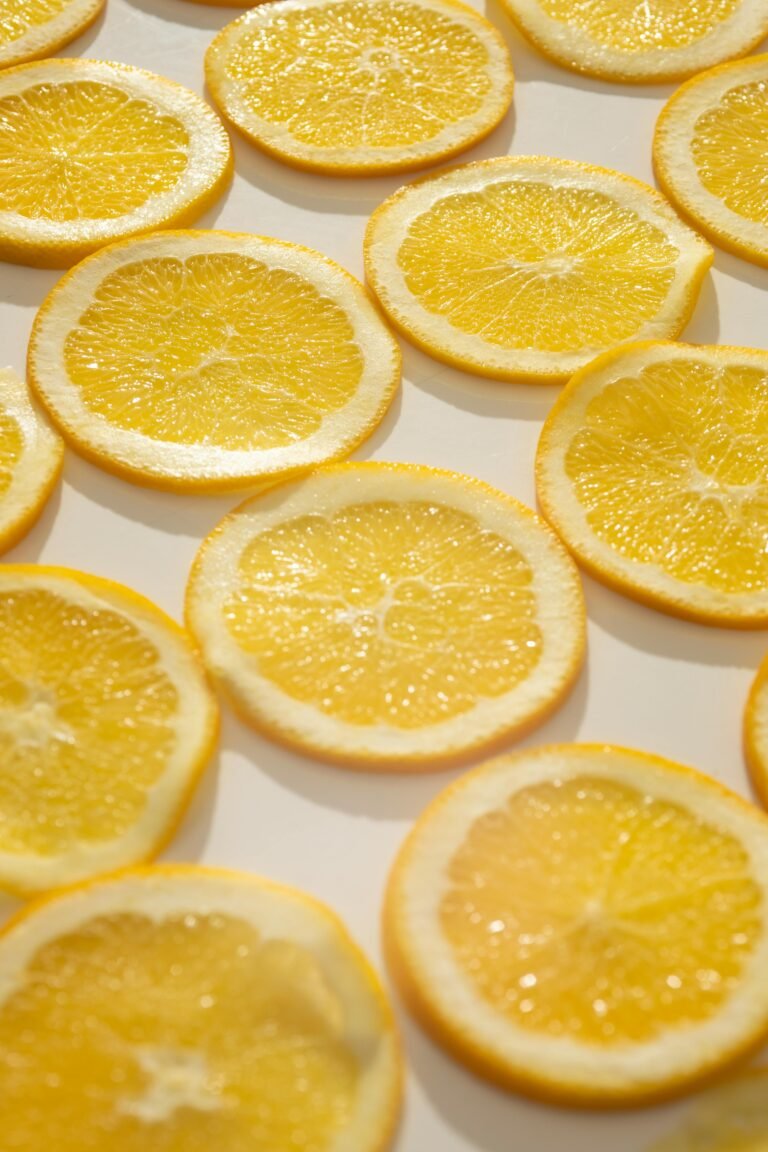Diet after the lockdown: the advice of the Istituto Superiore della Sanità
Going on a diet after the lockdown? According to official estimates, on average every Italian with the lockdown has gained 2 kilos.
To affect weight gain, the choice of unhealthy foods or preparations (comfort food) combined with the lack of movement related to confinement.
But now that we have entered phase 2, it is important to correct our diet and lifestyle to lose what are called “Covid pounds” or “lockdown pounds”.
So the Istituto Superiore della Sanità has recently published a vademecum that can help us follow a diet after the lockdown that is healthier and allows us to lose those few extra pounds.
Let’s see it together.
DIET AFTER LOCKDOWN: THE ADVICE OF ISS
Foods to focus on
More fruit and vegetables in every meal of the day and more legumes.
We dedicate time at home to bring more legumes and more vegetable dishes to the table. We can create unique dishes based on legumes and vegetables, use vegetables in combination with pasta or rice for a first course, use vegetables as a side dish or as a snack between meals.
Whole grains. By filling us up more, they allow us to eat less and introduce more fibers that help the intestinal flora. So we replace pasta, bread and rice with wholemeal alternatives or we cook whole grains such as barley, spelled, oats, rye.
Waterfall. You need to drink 6 to 8 glasses a day. We can drink water, freshly squeezed juices, herbal teas, centrifuges.
Foods to avoid
Foods too high in fat, foods with higher calorie density, excess carbohydrates.
We reduce the salt and try to eliminate added sugars and alcohol.
Watch out for portions
Better to cut calories if we spend a lot of time at home.
A standard portion of pasta or rice is 80 grams raw. A portion of mozzarella or other similar dairy product is 100 grams. 50 grams is the recommended portion of bread.
Let’s move more. We can do physical exercise at home, integrating it with outdoor physical activity
See also: how to train at home.
Tips for cooking healthily
We cook healthier by reducing seasonings, therefore fats, and the consumption of salt for all dishes.
We replace some excessively caloric ingredients in the preparations with healthier and less caloric ingredients. For example we use ricotta or yogurt instead of cream, fruit instead of chocolate.
We involve other people who live with us in preparing meals, for example teenagers.
We vary the preparations in order to diversify the foods we bring to the table.
(See also: Healthy Cooking Tricks and Substitutions)
Snack? Only for children
Adults can have 3 main meals that are complete and filling. And maybe consume a small low-fat yogurt, raw vegetables or fruit if you have an appetite between meals. Snacks and snacks are for children only, as long as they are light. So children and teenagers can have 3 meals a day and two small meals as a snack or snack based, for example, on a slice of wholemeal bread with jam, a slice of healthy dessert, yogurt or fruit, a couple of biscuits.
We do not fill the fridge and pantry with food
If we have too much food at home it will be easier to waste or overeat. Beware of packaged products and canned foods, which may have added salt and additives.
























+ There are no comments
Add yours